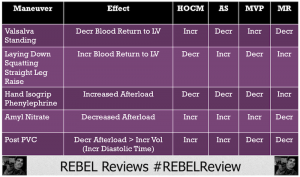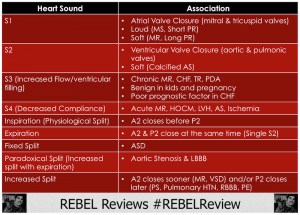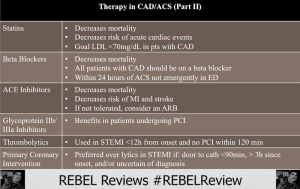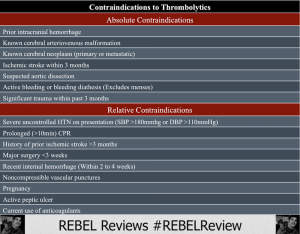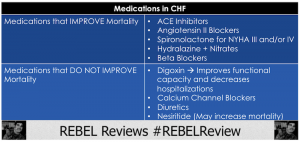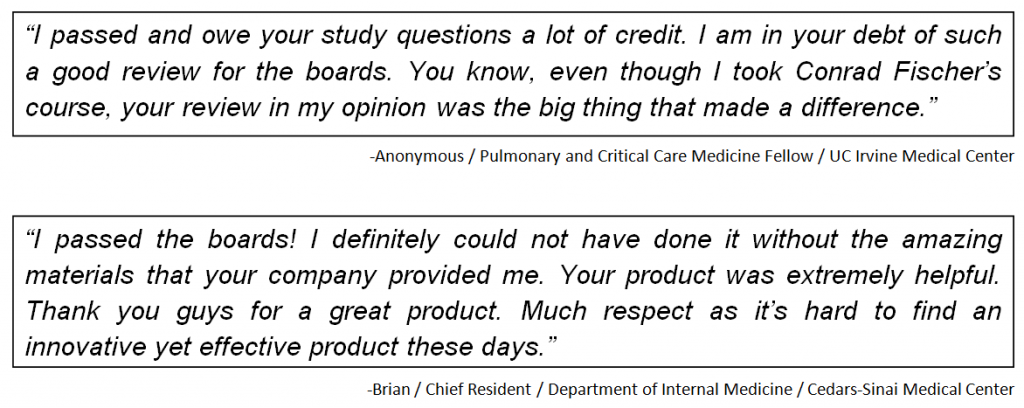One of the more common questions we get asked is regarding the difference between the ABIM internal medicine initial certification exam vs. the Maintenance of Certification (MOC) exam. Specifically, we are often asked whether our platform is more tailored towards those striving for initial certification or those taking the ABIM Maintenance of Certification exam.
In actuality, there is very little difference between the exams. The types of questions you can expect to see on both exams are the same. The
ABIM exam certification and
Maintenance of Certification web pages both describe the type of questions you can expect to see as:
The exam consists of single best answer questions only. This type of question consists of a brief statement, case history, graph, or picture followed by a question and list of possible options. You must choose the one answer that is better than the others; note that other options may be partially correct.
When you compare the ABIM internal medicine board exam certification blueprint andMaintenance of Certification blueprint, you notice they’re almost carbon copies of each other! The breakdown of what you can expect to be tested on the exam is identical.
Internal Medicine Board Exam Content
Medical Content
|
Initial Certification Exam %
|
Maintenance of Certification Exam %
|
Cardiovascular Disease
|
14%
|
14%
|
Dermatology
|
3%
|
3%
|
Endocrinology, Diabetes, Metabolism
|
8%
|
8%
|
Gastroenterology
|
9%
|
9%
|
General Internal Medicine
|
16%
|
16%
|
Hematology
|
6%
|
6%
|
Infectious Disease
|
9%
|
9%
|
Nephrology/Urology
|
6%
|
6%
|
Neurology
|
4%
|
4%
|
Oncology
|
7%
|
7%
|
Pulmonary Disease & Critical Care
|
10%
|
10%
|
Rheumatology/Orthopedics
|
8%
|
8%
|
|
100%
|
100%
|
So is there any difference between the ABIM initial certification exam and the Maintenance of Certification exam? Yes, there is one important distinction – the
length of the exam:
Initial certification exam: Approximately 10 hours (Four 2-hour sessions with a maximum of 60 questions per session) + breaks
Maintenance of Certification exam: Approximately 8 hours (Three 2-hour sessions with a maximum of 60 questions per session) + breaks
If you are preparing for the internal medicine board exam and have not yet reviewed the ABIM exam blueprint, we highly urge you to do that! It’s important to have an overview of the test and understand the specific categorization of questions you can expect to see. While our ABIM question bank does detail questions down to the diagnostic level, it’s important for you to review this on your own.
For other tips on how to study for the ABIM board exam – initial certification or maintenance of certification – be sure to check out our post title How to study for and pass the ABIM board exam.
